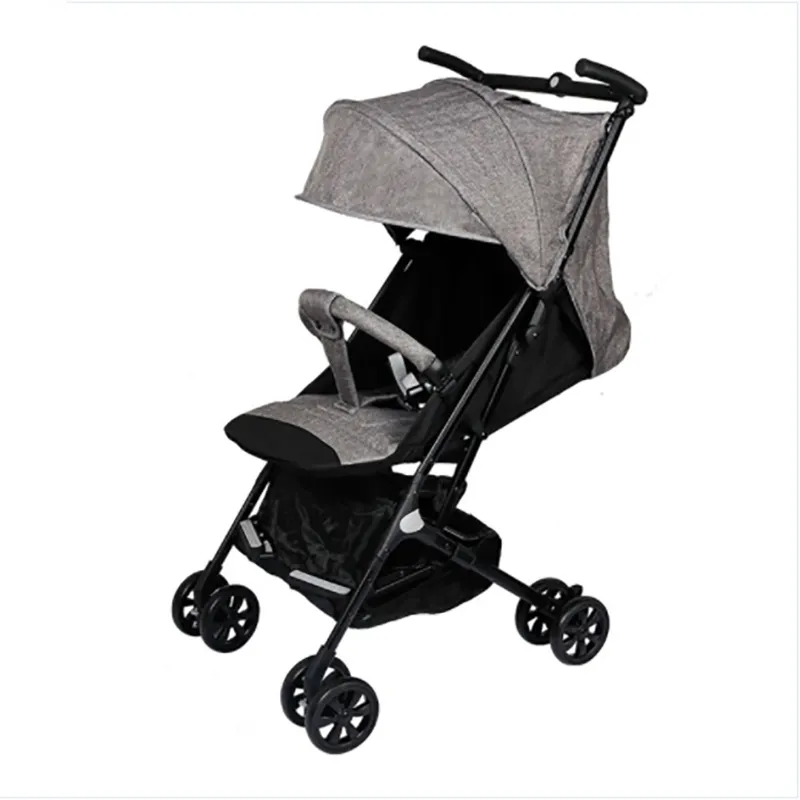
- Afrikaans
- Albanian
- Amharic
- Arabic
- Armenian
- Azerbaijani
- Basque
- Belarusian
- Bengali
- Bosnian
- Bulgarian
- Catalan
- Cebuano
- Corsican
- Croatian
- Czech
- Danish
- Dutch
- English
- Esperanto
- Estonian
- Finnish
- French
- Frisian
- Galician
- Georgian
- German
- Greek
- Gujarati
- Haitian Creole
- hausa
- hawaiian
- Hebrew
- Hindi
- Miao
- Hungarian
- Icelandic
- igbo
- Indonesian
- irish
- Italian
- Japanese
- Javanese
- Kannada
- kazakh
- Khmer
- Rwandese
- Korean
- Kurdish
- Kyrgyz
- Lao
- Latin
- Latvian
- Lithuanian
- Luxembourgish
- Macedonian
- Malgashi
- Malay
- Malayalam
- Maltese
- Maori
- Marathi
- Mongolian
- Myanmar
- Nepali
- Norwegian
- Norwegian
- Occitan
- Pashto
- Persian
- Polish
- Portuguese
- Punjabi
- Romanian
- Russian
- Samoan
- Scottish Gaelic
- Serbian
- Sesotho
- Shona
- Sindhi
- Sinhala
- Slovak
- Slovenian
- Somali
- Spanish
- Sundanese
- Swahili
- Swedish
- Tagalog
- Tajik
- Tamil
- Tatar
- Telugu
- Thai
- Turkish
- Turkmen
- Ukrainian
- Urdu
- Uighur
- Uzbek
- Vietnamese
- Welsh
- Bantu
- Yiddish
- Yoruba
- Zulu
Nov . 18, 2024 03:18 Back to list
Tips for Fine-Tuning Your Mountain Bike's Rear Derailleur Adjustments
Adjusting the Rear Derailleur on a Mountain Bike A Comprehensive Guide
Maintaining a well-functioning rear derailleur is crucial for any mountain biker. It ensures smooth gear shifts and optimal performance while tackling various terrains. Whether you’re climbing steep hills or descending rocky paths, a properly adjusted derailleur can enhance your riding experience significantly. This guide breaks down the steps for adjusting your mountain bike’s rear derailleur effectively.
Tools Required
Before you begin, gather the necessary tools a Phillips head screwdriver, a 5mm Allen wrench, and a chain tool. Having these tools on hand will streamline the adjustment process.
Step 1 Inspect the Derailleur
Start by inspecting the rear derailleur for any signs of damage or wear. Look for bent hangers, stretched cables, or any debris that may be obstructing its function. If any parts are damaged, consider replacing them before making adjustments.
Step 2 Check the Cable Tension
The cable tension plays a crucial role in the derailleur’s performance. To check this, shift into the highest gear (smallest cog). The derailleur should pull the chain snugly against the cog. If you notice that it’s too loose or slack, it might be time to adjust the cable tension. Use the barrel adjuster located on the derailleur or shifter turning it counterclockwise loosens the cable, while turning it clockwise tightens it.
adjusting rear derailleur mountain bike

Step 3 Adjust the Limit Screws
Next, adjust the limit screws, which prevent the derailleur from shifting the chain too far in either direction. There are two limit screws one for the high limit (smallest cog) and another for the low limit (largest cog).
- High Limit Screw Shift to the smallest cog and check if the chain moves freely. If it overshifts, tighten the high limit screw until it aligns properly. - Low Limit Screw Shift to the largest cog; ensure the chain doesn’t shift off the cassette. If it does, tighten the low limit screw.
Step 4 Fine-Tuning the Indexing
Once the limit screws are set, test the indexing by shifting through all gears. If the chain hesitates or skips, adjust the cable tension using the barrel adjuster. A little patience is needed here; make small adjustments until you achieve smooth, precise shifts.
Final Checks
After you've made all necessary adjustments, perform a final test ride. Shift through all gears under load to ensure everything is functioning. Listen for any unusual sounds like grinding or skipping, and adjust further if needed.
In conclusion, adjusting your mountain bike’s rear derailleur may seem daunting, but with the right tools and a bit of patience, you can achieve a perfectly tuned drivetrain. Regular maintenance can prolong the life of your components and enhance your overall riding experience. Happy biking!
-
The Ultimate Kids' Four-Wheeler Experience
NewsJul.09,2025
-
The Ultimate Guide to Mountain Bikes: Gear Up for Your Ride
NewsJul.09,2025
-
The New Age of Cycling: Electric Bikes for Every Rider
NewsJul.09,2025
-
The Best Kids Bicycles: Ride in Style and Safety
NewsJul.09,2025
-
The Best 3-Wheel Scooters for Kids: Fun, Safety, and Adventure
NewsJul.09,2025
-
Revolutionize Your Ride: Affordable Electric Bikes
NewsJul.09,2025
-
Finding the Perfect Mountain Bike for Every Rider
NewsJul.09,2025



